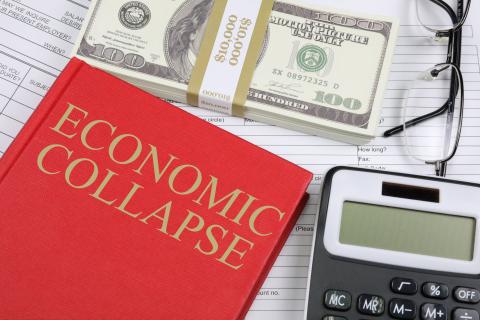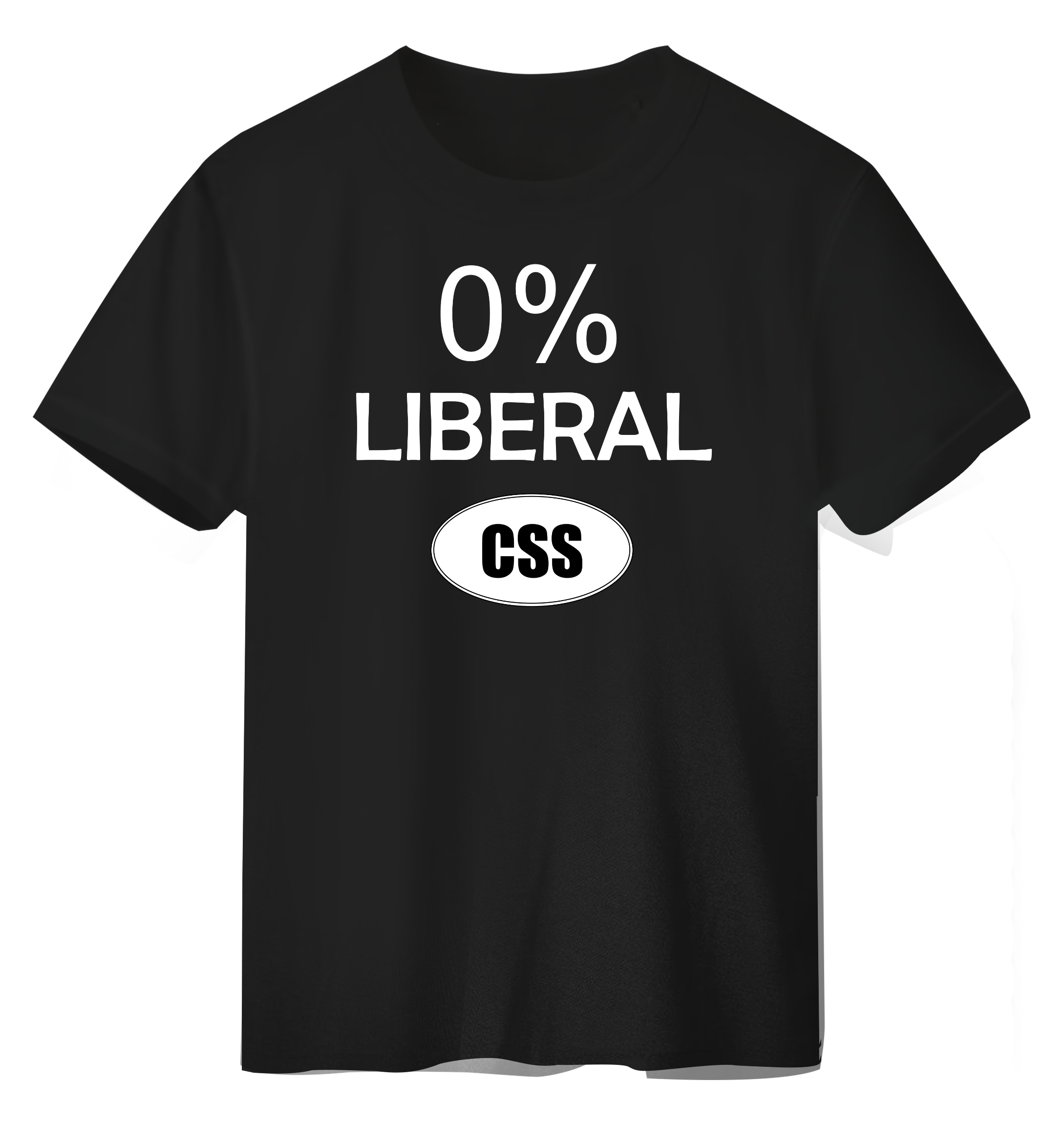‘Terrorist’ Economy: Washington Prepared to Create New financial Disaster For the Whole World

HENRY JOHNSTON RT
There is a mantra that has essentially become axiomatic: the US Treasury market is the deepest and most liquid in the world. And a corollary to that is: US Treasury bonds are ‘risk free.’
These once-taken-for-granted pillars of eternal truth are looking awfully shaky. The tectonic plates of the US-led global financial system have been rustling ever more frequently in recent years but the quivers are now coming more frequently. At the heart of this increasingly brittle and dysfunctional system is the US Treasury market.
Everyone has noticed the sharp rise in yields in recent months. In early October, the US 10y hit a yield of nearly 5%, the highest level in 16 years. This is, of course, entirely understandable: rate hikes by the Federal Reserve have pushed bond yields higher. But what we have been seeing is more than a manifestation of the vicissitudes of finicky markets.
As foreign buyers of US Treasuries dry up and the US government continues to run astronomical deficits at a time of high interest rates, the Treasury market is coming under increasing strain and showing ever more signs of dysfunction. The implications of this are hard to overstate.
Where have all the foreigners gone?
There was a time when Treasuries were essentially the US’ biggest export and served as the mechanism for the sort of macro-level vendor financing scheme under which the US imported goods and energy from the rest of the world in exchange for dollars – and these dollars were dutifully recycled back into Treasuries to finance the US deficit.When deficits began to surge in the 1980s under President Ronald Reagan, many wondered how they would be financed. But starting in the middle of that decade, foreign central banks – primarily the Japanese – swooped in and started scooping up larger amounts of US Treasuries. Over 1986-2002, foreign central banks bought 28-30% of all aggregate US Treasury bonds issued; from 2002-2014, the People’s Bank of China (PBOC) had become the main buyer and the foreign purchases figure reached a whopping 53%.
Since 2014, that figure has been negative 4%, meaning foreign central banks have stopped buying on a net basis, all while US deficits have continued to grow. There are many reasons for that shift. A lot of attention has been given to the first batch of sanctions on Russia in 2014 and Moscow’s subsequently embarking on the path of dollar divestment – a process that Beijing was watching closely. But there was also a deeper realization across the globe that the US no longer would or could manage the dollar in the best interest of the world.



























